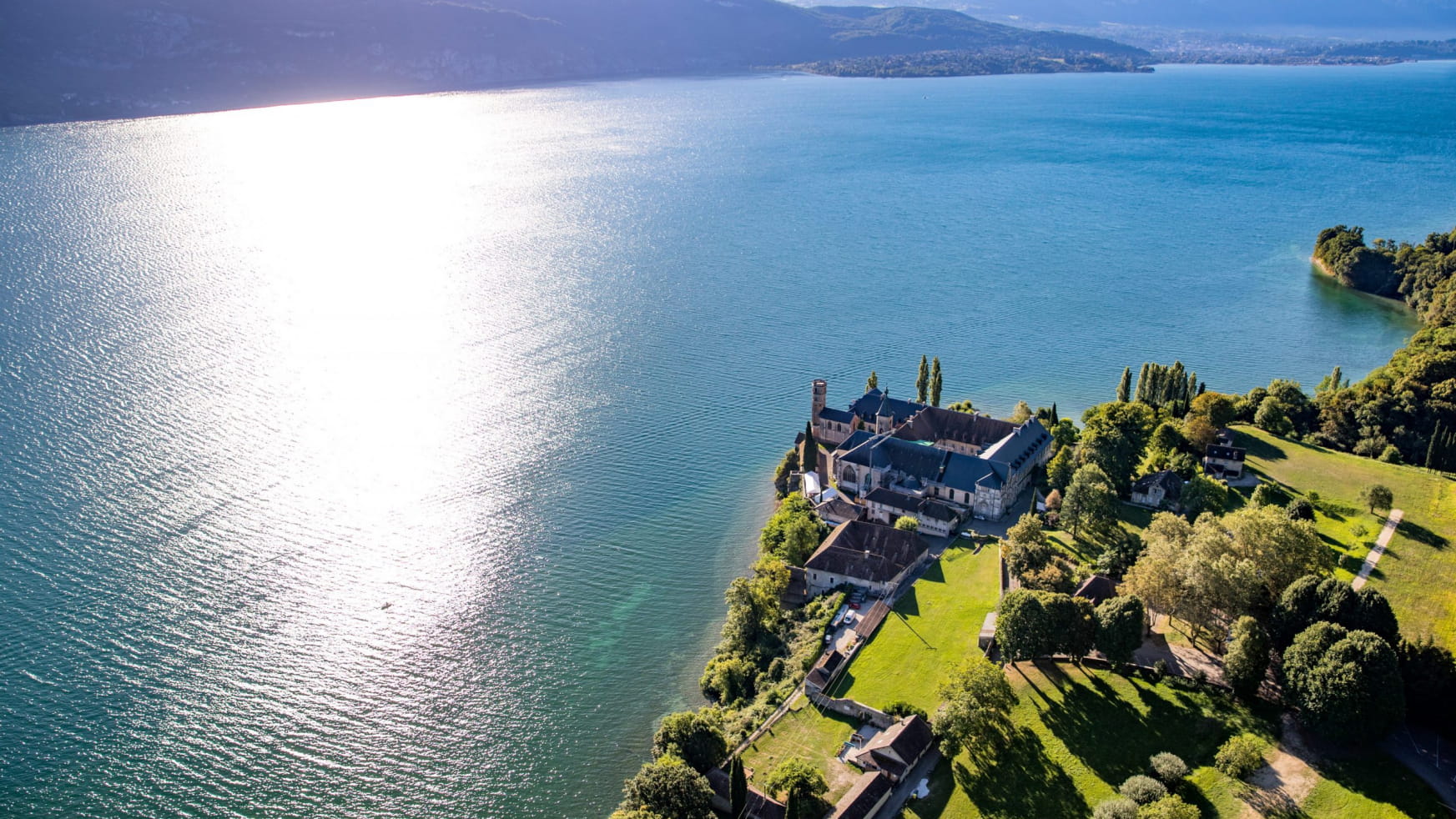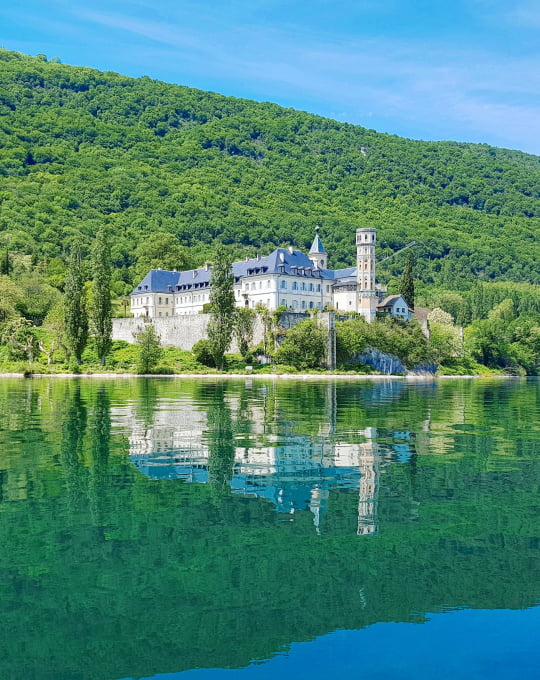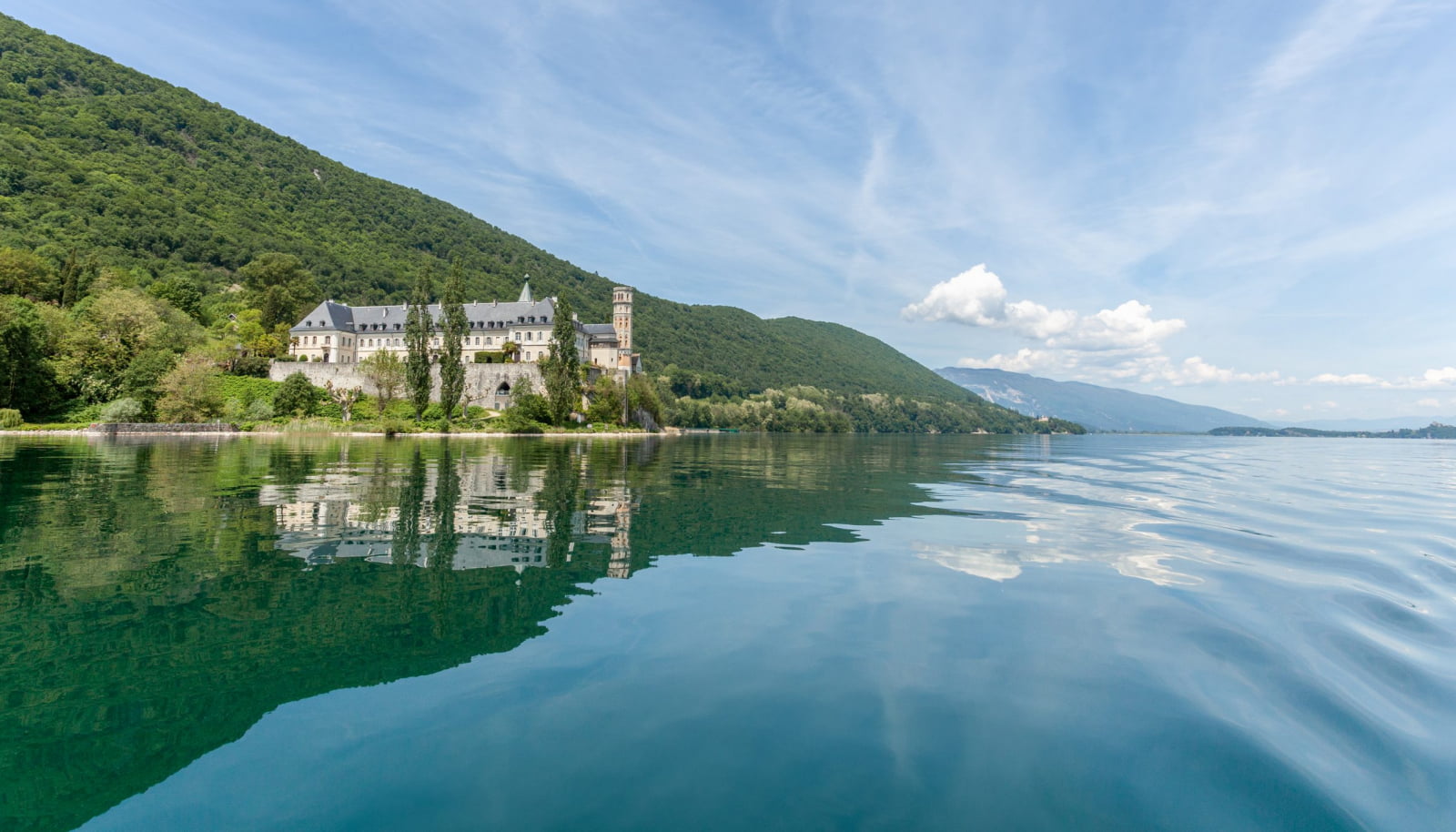Visiting the Hautecombe Abbey


A BIT OF HISTORY
At the beginning of the 12th century, Benedictine monks settled in the north-eastern mountainside above Lake Bourget. The monks became Cistercian after Saint Bernard of Clairvaux passed through the area. They moved lakeside in 1137. The abbey maintained strong influence during the Middle Ages, but after falling into the hands of abbots not interested in using the revenue from the abbey for upkeep, the building fell into ruin. It became a government building after the French Revolution and was subsequently looted and abandoned.


HOUSE OF SAVOY TOMBS
The interior of the large, Troubadour-style church is an extravagance of paintings, bas-reliefs, frescoes, and statues, including the magnificent pietà by Benoît Cacciatori (1830).
The Chapel of the Princes holds the House of Savoy tombs. The last king of Italy, Umberto II, was buried here in 1983. His wife, Queen Marie-José, was laid to rest with him in 2001..
The waterside barn near the landing stage built at the end of the 12th century was designated a French Historical Monument in 1875. This old outbuilding was initially used to unload boats and store merchandise. Restored in 2007, it has become a favourite space for events and temporary exhibits.



